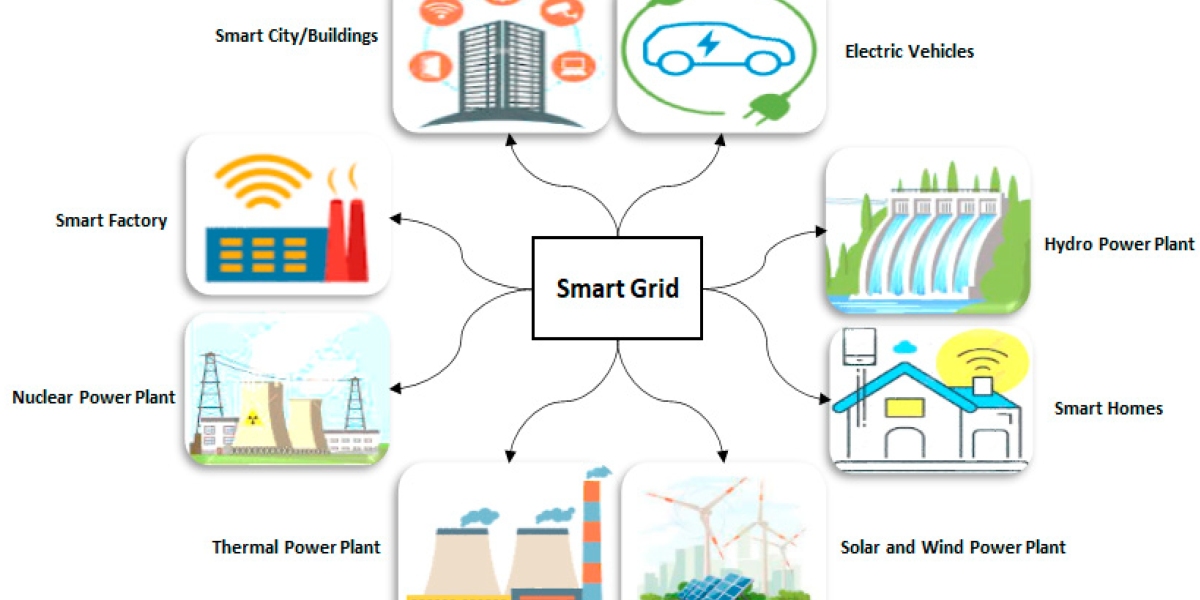While mobile voice revenue is projected to decline at a CAGR of 9.2 percent during the forecast period due to falling ARPU levels, mobile data revenue is set to rise sharply with a CAGR of 7.2 percent. The surge in demand is supported by the increasing consumption of high-bandwidth services such as online video streaming and social media. Monthly mobile data usage per user is expected to more than double, from 8.7 GB in 2024 to 17.7 GB in 2029.
Strategically, telecom operators are doubling down on 5G investments to meet rising data demands and improve user experience. Globe Telecom, for instance, has rapidly expanded its 5G coverage to nearly all of Metro Manila and major urban centers in the Visayas and Mindanao. In Q1 2025 alone, the company rolled out 487 new towers and upgraded nearly 4,000 sites to boost capacity and reliability in high-traffic zones.
Meanwhile, 4G will remain dominant until 2028, after which 5G is expected to become the leading mobile technology, capturing 53 percent of total subscriptions by 2029.
This shift is being accelerated by sustained investments from market leaders PLDT and Globe Telecom, both of which are focused on aggressive 5G rollouts.
Challenger Dito Telecommunity is also aiming to capture a larger market share by expanding its network footprint and offering competitive bundled plans.
PLDT
PLDT reduced its capital expenditure from PHP 78.2 billion in 2023 to a planned PHP 68–73 billion for 2024, with a renewed allocation of PHP 75–78 billion for 2025. This spending is largely focused on expanding network capacity through investments in fiber infrastructure, cell sites, undersea cables, and data centers.
Despite a reduction in the number of 5G base stations, PLDT saw strong momentum in 5G adoption, with connections rising by approximately 84 percent by mid-2023, reaching 3.9 million. Smart’s 4G and 5G networks now collectively cover around 97 percent of the Philippine population.
The company continues to expand its services with a focus on balancing consumer 5G rollout, enterprise 5G deployments, and fixed wireless access to underserved areas, all while maintaining strict capex discipline.
Globe Telecom
Globe Telecom recently slashed its first-quarter capital expenditure by 38 percent year-on-year to ₱8.5 billion. During Q1 2025 it brought online 235 new 5G sites — boosting coverage to 98.7 percent of Metro Manila and about 98 percent in key Visayas and Mindanao cities — and rolled out nearly 4,900 new cell towers alongside almost 4,000 LTE upgrades and over 17,500 new fiber‑to‑the‑home connections.
This investment led to a strong increase in 5G adoption: over 9.5 million devices were connected to Globe’s 5G network by March, and its total mobile subscriber base climbed 5 percent year-on-year to 61.6 million.
Globe is pursuing a highly targeted rollout strategy: “building 5G where it matters,” focusing on areas with high device penetration and using advanced tech like 32T32R Massive MIMO and Nokia’s modular IPAA+ antennas to improve urban network capacity and service quality
Globe Telecom also remains committed to closing the digital divide by accelerating tower deployment in remote regions — aiming to add at least 100 new sites this year and reach 700 under a broader industry plan through 2028.
Subscriber growth of Globe Telecom has been steady, with mobile subscribers increasing by roughly 1 percent quarter-on-quarter and 5 percent year-on-year, while mobile data traffic rose about 5 percent annually to 1,537 EB — driven largely by data services, which now account for around 85 percent of mobile revenue.
Top smartphone vendors in the Philippines in 2024 are Transsion (34 percent share), Xiaomi (15 percent), Vivo (15 percent), Realme (11 percent) and Oppo (10 percent), according to Canalys.









